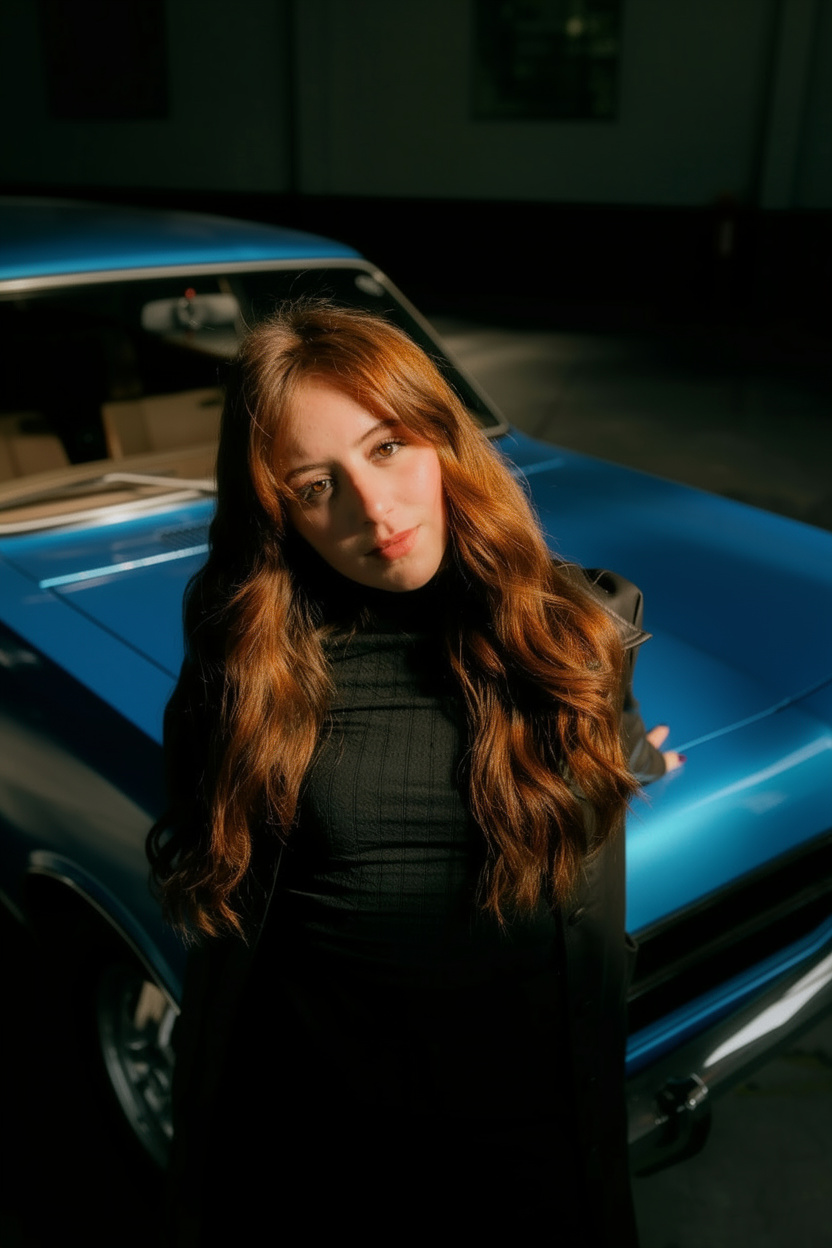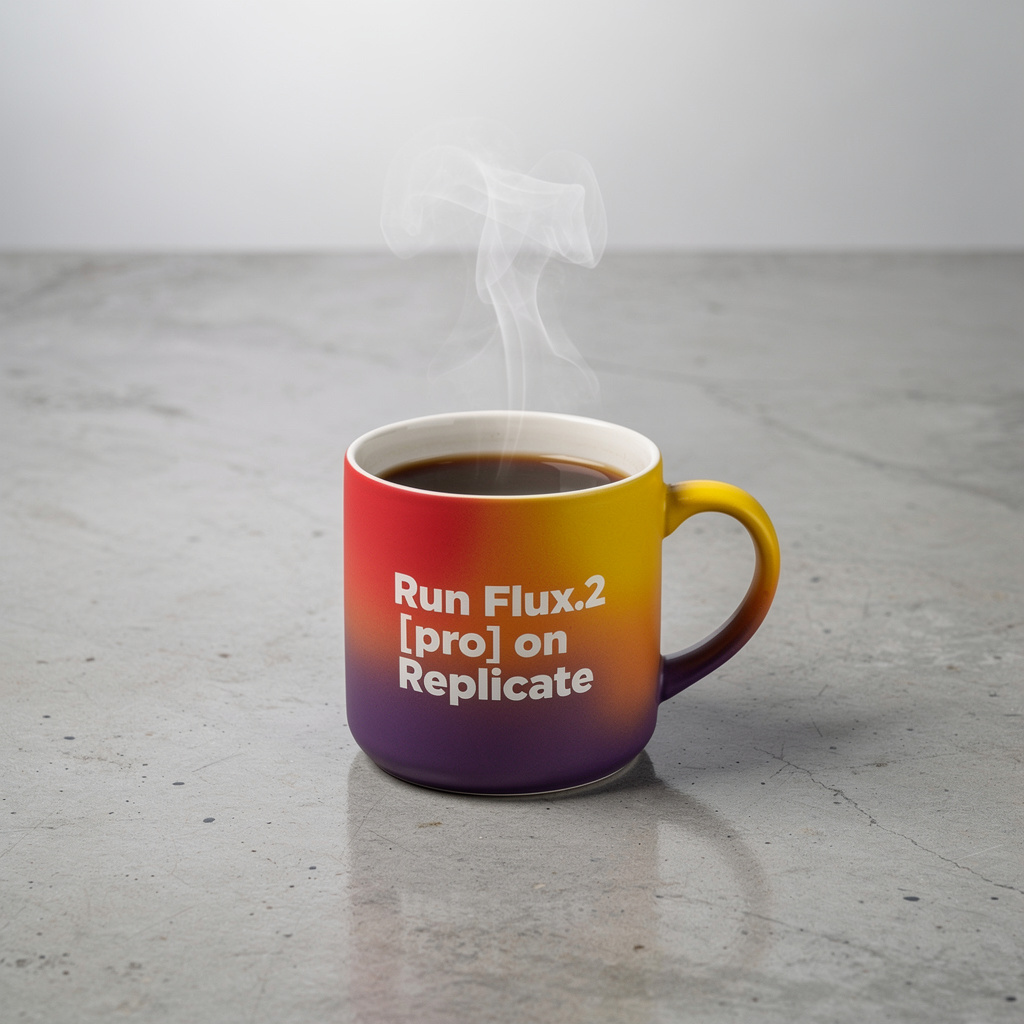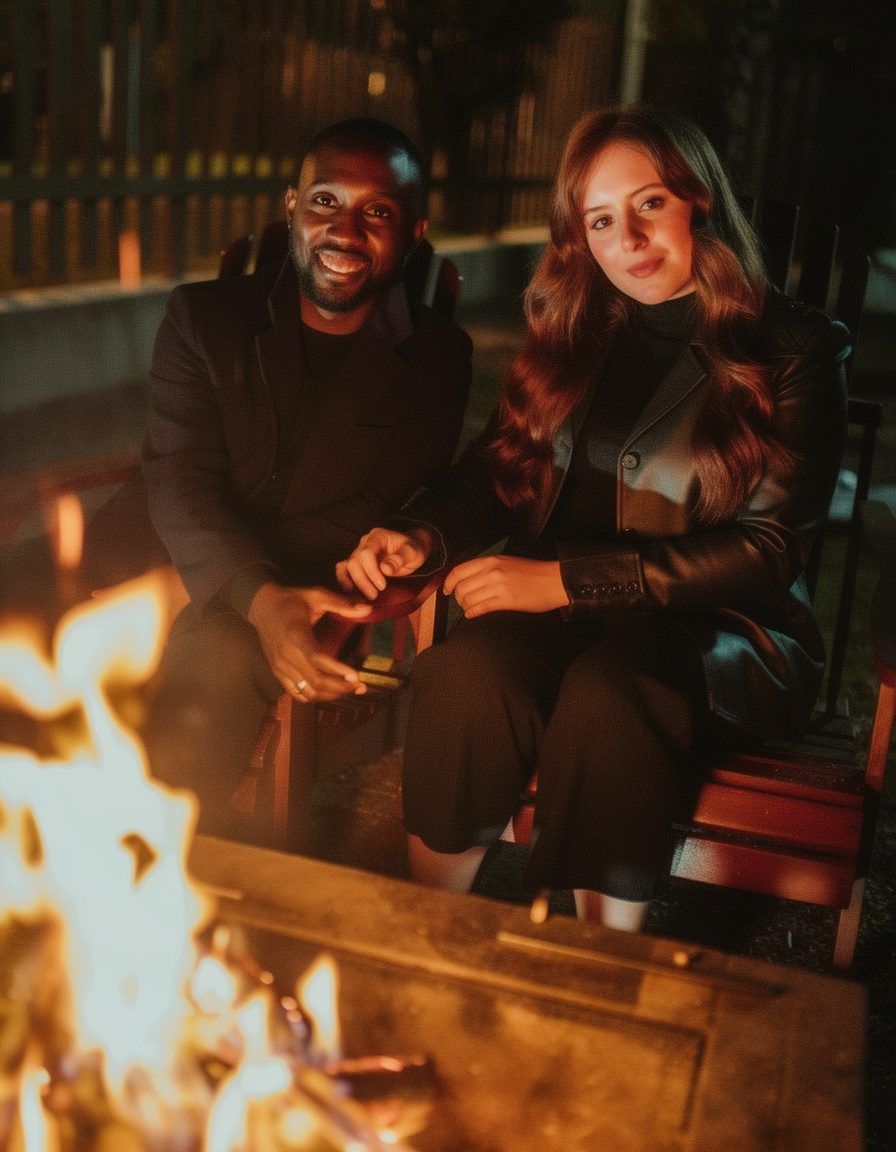Readme
Flux 2 Pro
Flux 2 Pro is an image generation and editing model by Black Forest Labs. It creates high-quality images from text prompts and can edit existing images using natural language instructions. The model handles complex text rendering, photorealistic details, and maintains consistent characters or styles across multiple reference images.
What it does
Generate images from text descriptions, edit existing images, or combine multiple reference images to create something new. The model understands detailed instructions and can work with up to eight reference images at once on the API.
Some things it’s particularly good at:
Text rendering - The model can write legible text in images, including complex typography, infographics, and user interface mockups. This works reliably in production, not just for simple cases.
Photorealism - Sharp textures, natural lighting, and realistic details make this useful for product photography, architectural visualization, and scenes that need to look like real photographs.
Character consistency - Use multiple reference images to maintain the same character, product, or style across different generations. This helps when you need a consistent look across a series of images.
Structured prompting - You can use JSON to precisely control scene composition, including camera angles, lighting, color palettes, and the positioning of subjects.
How to use it
Basic text-to-image
Write a clear description of what you want. The model works best when you organize your prompt by importance: subject first, then action, style, and context.
For example: “A sleek silver sports car racing along a coastal highway at sunset, high-dynamic-range, hyper-realistic”
The more specific you are, the more predictable the output.
Editing images
Upload an image and describe what to change using natural language. You can reference specific parts of the image or point to other reference images by their index number.
For example: “Replace the background with the beach in image 3” or “Make the woman in the blue dress wear a red jacket”
JSON prompting
For precise control, you can structure your prompt as JSON with fields like scene, subjects, style, lighting, camera, and color_palette. Each field accepts plain English descriptions.
The camera field lets you specify angle, distance, focal length, aperture, and ISO. The color_palette field accepts hex codes or color names to control the overall look.
Using reference images
You can upload multiple reference images to guide the generation. The model will use these to understand style, composition, or specific elements you want to include. The total input size is limited to 9 megapixels on the API.
Things to know
No negative prompts - The model doesn’t understand negative prompts like “no text” or “no extra fingers.” If you try using them, it might actually add what you’re trying to avoid. Instead, describe what you want to see. Write “Clean background with natural hands at rest out of frame” instead of “no cluttered background, no extra fingers.”
Color control - You can use hex codes in your prompts to match exact colors. This is useful for brand work or when you need specific color accuracy.
Resolution - The model can edit images at resolutions up to 4 megapixels while keeping detail and coherence.
Multi-reference editing - When working with multiple reference images, you can point to specific images by their index number to tell the model which elements to use from where.
About the model
Flux 2 Pro uses a latent flow matching architecture that combines the Mistral-3 24 billion parameter vision-language model with a rectified flow transformer. The vision-language model brings real-world knowledge and context, while the transformer handles spatial relationships, materials, and composition. The model was trained from scratch with a new latent space optimized for both image quality and efficient learning.
Black Forest Labs built Flux 2 Pro as part of their open core approach - releasing both open-weight models for research and community use, alongside production-ready endpoints for teams that need reliability and scale.
Tips for better results
Use clear, specific language. The more detail you give, the more control you have over the output.
Describe what you want rather than what you don’t want. Positive descriptions work much better than trying to exclude things.
Try hex codes when you need exact colors.
Experiment with multiple reference images to blend styles or maintain consistency across generations.
Keep your prompts concise but descriptive. You don’t need to write paragraphs - just include the important details organized by priority.
You can try Flux 2 Pro on the Replicate playground at replicate.com/playground





